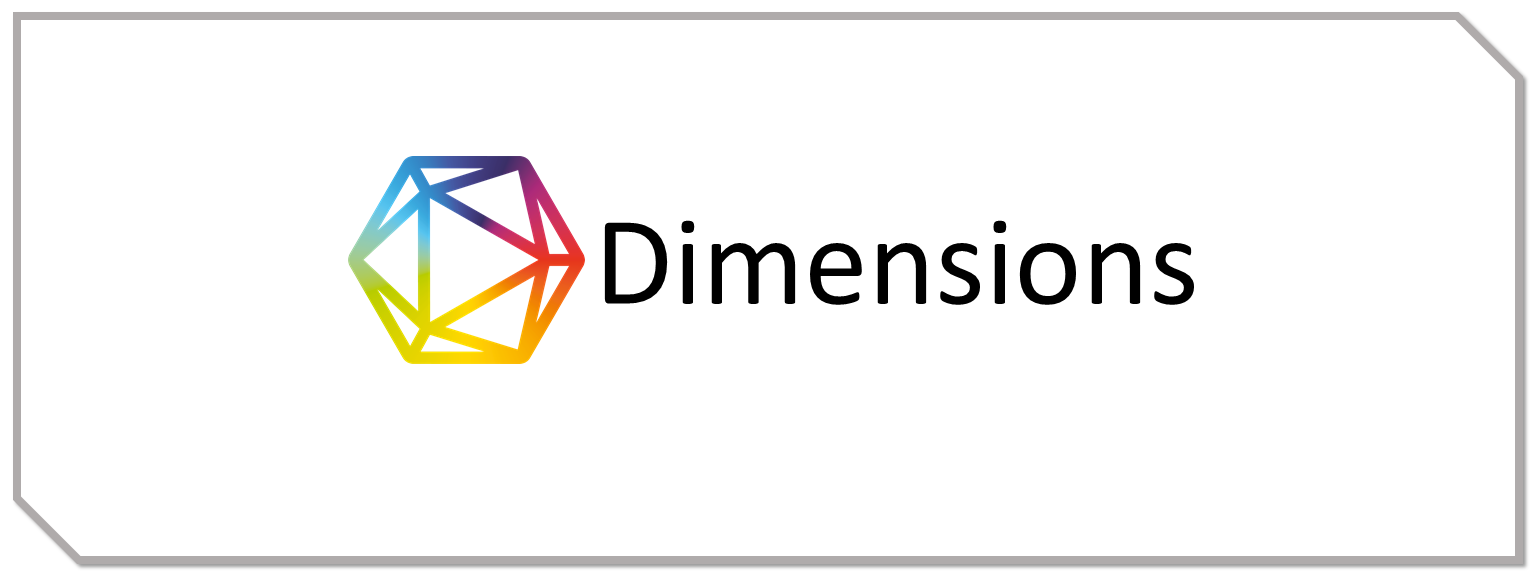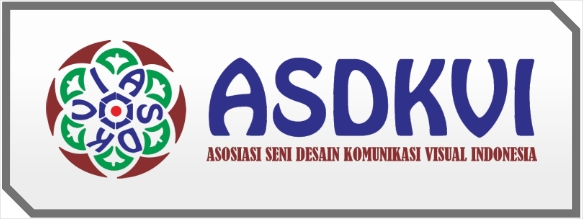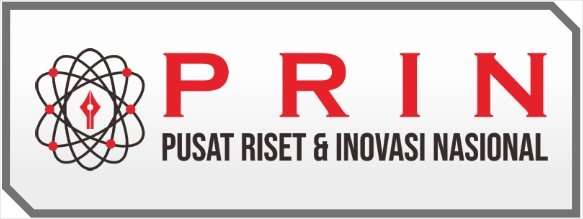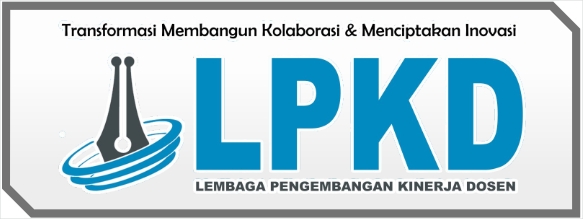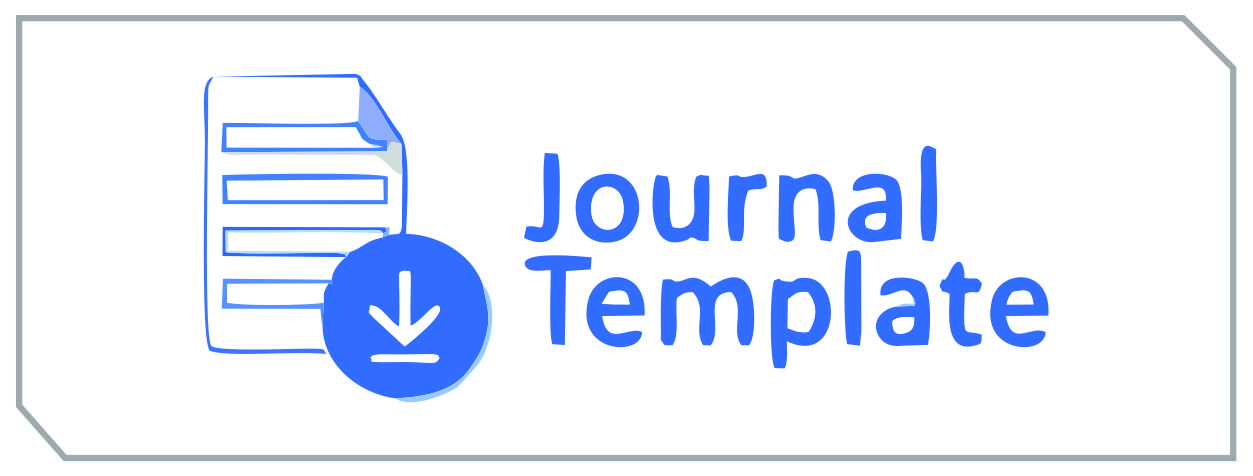Penggunaan Aplikasi Capcut Bagi Kalangan Anggota Aktif UKKPK Universitas Negeri Padang
DOI:
https://doi.org/10.55606/jurrsendem.v3i1.2668Keywords:
Capcut application, Creativity, Ukkpk Padang State UniversityAbstract
Technology has advanced and developed, so that various ways to improve quality and creativity can be accessed easily through gadgets and computers, video editing refers to a program or collection of programs that allow audio visuals to be manipulated intuitively on computers and gadgets. This creativity can be improved if you continue to hone your skills and look for references to edit videos. Capcut application is one of the free video editing applications that is widely used by beginners when editing videos, because in Capcut there is a template feature that makes it easier for users. Most of the users of the Capcut application based on value are students, students, and teenagers. The active students of UKKPK Padang State University also mostly use this application, by applying descriptive qualitative, which explains the use of the Capcut application, with the aim of knowing more about creativity in video editing by getting positive value. So from these problems, the Capcut application offers template features to support video editing practically and quickly.
References
G. Aprilliana and R. Efendi, “PENGGUNAAN APLIKASI CAPCUT UNTUK MENINGKATKAN KETERAMPILAN MENULIS TEKS IKLAN PADA SISWA KELAS VIII SMPN 4 JAMPANGTENGAH KABUPATEN SUKABUMI.”[Online]. https://journal.unpak.ac.id/triangulasi
R. Syahmewah, “Pengaruh Penggunaan Template Pada Aplikasi Capcut Yang Memudahkan Mahasiswa Untuk Mengedit Video Sebagai Media Pembelajaran,” J. Phys. Sci. Learn., vol. 07, no. 1, pp. 27–32, 2023.
Downloads
Published
How to Cite
Issue
Section
License
Copyright (c) 2023 Trivol Yasman, Dwi Mutia Sari

This work is licensed under a Creative Commons Attribution-ShareAlike 4.0 International License.







